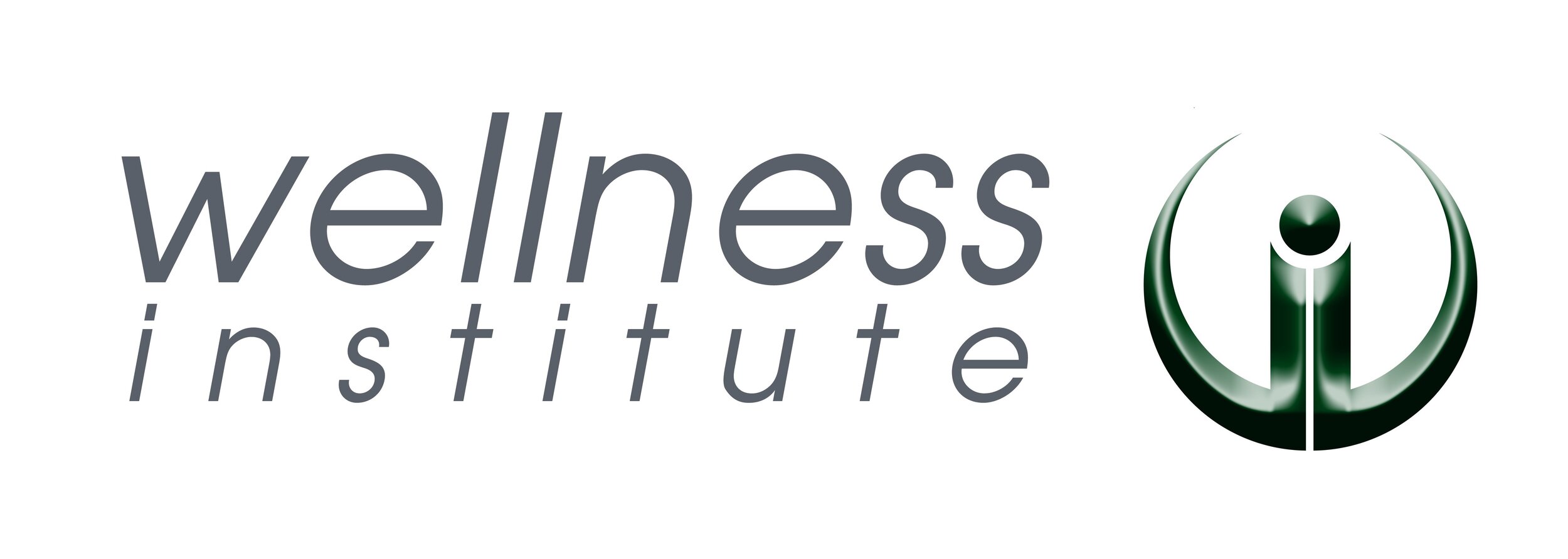Battlefield Acupuncture (BFA) was developed by Dr. Richard Niemtzow in 2001 following 9-11 to deliver quick and effective pain relief for military personnel.1,2 It was also designed to alleviate dependency upon the use of narcotics and allow expedited care for seriously injured military personnel.3 BFA is a form of auriculotherapy, a treatment utilized in health care in which the outer part of the ear (auricle) is stimulated to address conditions in other areas of the body.
BFA consists of up to 5 acupuncture points (per ear) in which semipermanent needles (ASP needles) are placed with the intent to last 2-7 days until they fall out.1,2 Needles are placed in a particular order in one or both ears, with pain values assessed after each placement. When pain levels are decreased to 0-1/10 on the National Pain Rating Scale the provider stops the treatment.4
Image from the Battlefield Acupuncture (BFA) Handbook, 2021.4
Mechanisms
Auricular acupuncture as a whole has been thought to influence the central nervous system with data related specifically to the BFA protocol supporting the notion of a widespread activation of the CNS.
The stimulated neural structures of the ear activate portions of the brain that cause a release of serotonin, dopamine, norepinephrine, and b-endorphins,1,6 which are related to natural pain reduction, emotion & sleep regulation, sensory input, inflammatory regulation, and stress reduction.1,6,7 BFA has been shown to be a simple, low-risk, cost-effective, and immediate tool to treat patients centrally in many different settings and situations.
Utilization
BFA was primarily designed for and continues to be used for the immediate reduction of pain. It has been shown to reduce chronic pain intensity better than placebo pills, sham needling, usual care, or medications, with a greater effect on patients with higher baseline pain scores.11,12 Notably, it has been used to treat acute or chronic condition such as low back pain, postoperative pain, neuropathic pain, headache, migraine, and phantom limb pain in amputees.1,2,13,14,15,16 Studies have shown immediate pain reductions in 80-95% of patients on treatment day. Follow-up data shows a continued reduction of pain in 52-70% of patients 7 days following treatment, with each treatment effect lasting 1-2 weeks on average.13,18,19 Insomnia and mental health treatments have also been supplemented with BFA, showing a reduction in insomnia severity, subjective sleep quality, improved relaxation, and improved daytime dysfunction in veterans with PTSD.6,10,12,21,22
BFA has also been utilized in the military setting to reduce opioid use and has been a successful method both in emergency combat care and in the operating room.9,23 It is a simple procedure to perform that is a safe, fast-acting, portable, and cost-effective alternative to opioid medications.9,10 This success could be transferred into the physical rehabilitation setting with postoperative pain during initial physical therapy sessions to improve mobility and function, patients with chronic pain and hyperalgesia that are unable to tolerate manual therapy, and patients with chronic regional pain syndrome or other central disorders to address the central dysfunction in order to then treat the peripheral dysfunction. A case study done by Guthrie and Chorba shows the utilization of BFA as a tool to allow a patient experiencing little success with traditional physical therapy to reduce pain from a consistent 9/10 to 2/10, improve sleep levels, and improve daily function to gain benefits with physical therapy and lasting relief.27 Another participant described the benefits of BFA as allowing him to go to the gym and perform physical therapy with greater ease and less pain.14 deWeber and Lynch describe 8 athletes treated with BFA almost immediately before competition with varying ailments, reducing pain dramatically and allowing them to perform their sport.16
Physical therapists certified in dry needling are highly qualified with many hours of training addressing needling risks, mechanisms, and advanced techniques. Consult your PT or contact the Wellness Institute if you think you might benefit from the use of Battlefield Acupuncture in treating your chronic or acute conditions.



